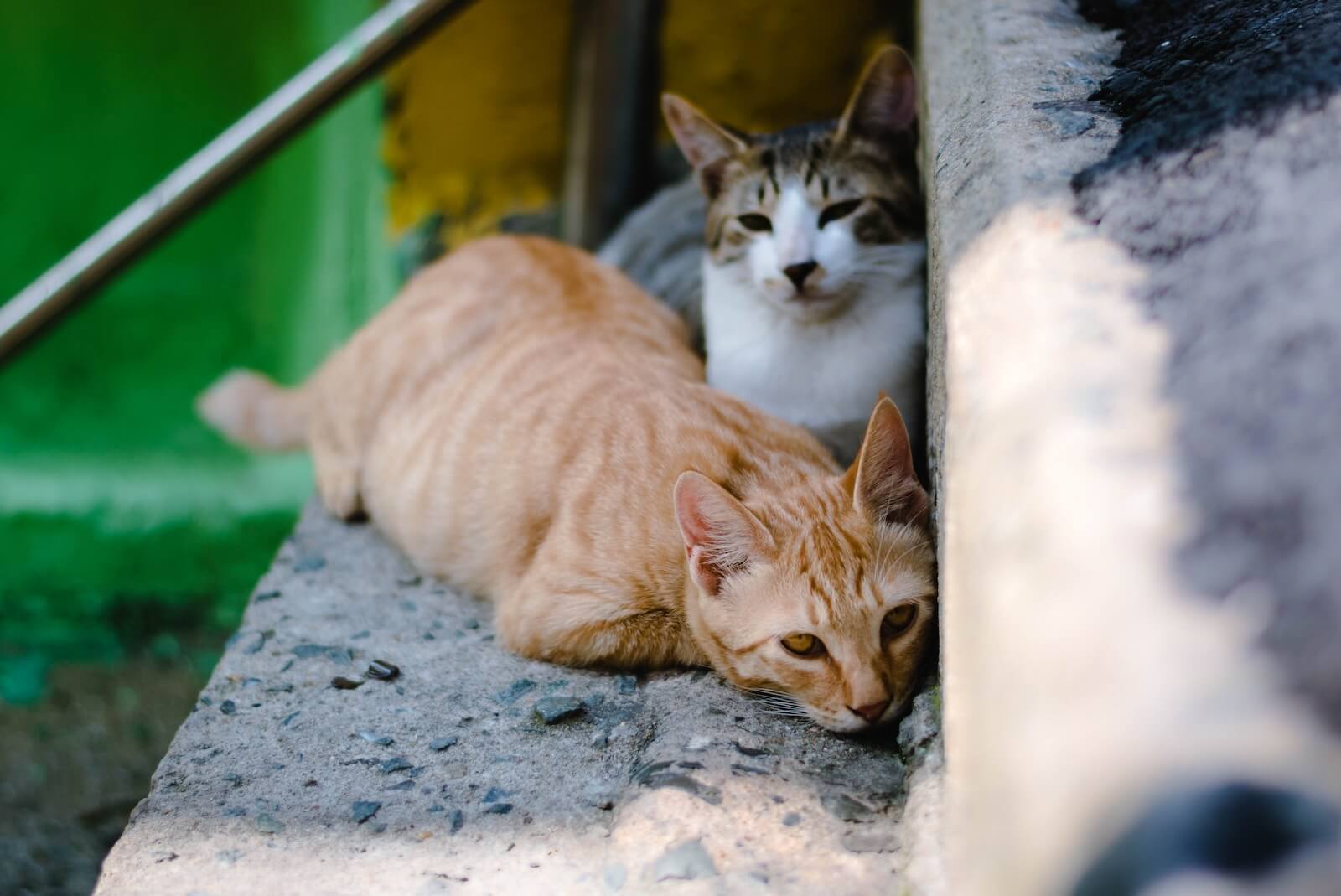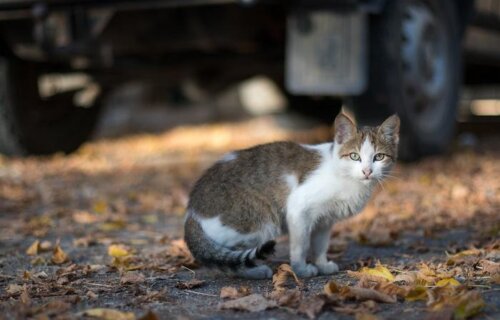DAVIS, Calif. — Beware of the cute cat you may see walking around the neighborhood. Wild, stray, and feral cats living in busy areas with large populations tend to shed a greater amount of the parasite responsible for the disease toxoplasmosis, according to a new study. Researchers at the University of California-Davis also say there are connections between environmental temperature variation and parasite shedding.
Toxoplasmosis is a disease caused by the Toxoplasma gondii parasite, which can infect various warm-blooded vertebrates, including humans and animals such as cats, sheep, mice, birds, and sea otters. The majority of T. gondii transmission occurs when wild and domestic cats shed the parasite in a stage of their life cycle known as oocyst. However, previous research has mainly focused on oocyst shedding in domestic house cats, leaving a gap in knowledge regarding wild, stray, and feral cats.
To deepen their understanding of T. gondii shedding, Sophie Zhu and her colleagues analyzed data from 47 previously published studies that examined both wildcats (such as cougars and bobcats) and unowned free-ranging domestic cats (including stray cats, unowned outdoor cats fed by humans, and feral cats not fed by humans). The data covered various regions around the world, and the researchers investigated several human and climate-related factors that could potentially be associated with oocyst shedding.
The analysis revealed a higher prevalence of T. gondii oocyst shedding in areas with higher human population density. Additionally, it found that increased temperature fluctuations were linked to more shedding specifically from domestic cats, while higher temperatures during the driest quarter of the year were associated with lower shedding from wildcats.

The researchers emphasize that these findings do not establish causal relationships. However, in conjunction with evidence from previous studies, they suggest that the rising human population density and temperature fluctuations may create environmental conditions that contribute to the spread of T. gondii and other infectious diseases.
Based on their findings, the researchers propose that policymakers could focus on managing feral cat populations as a means to reduce T. gondii transmission.
“Changes from climate or human activities can affect disease transmission in ways that we don’t fully understand yet. In our study, we can see how these factors may be associated with changes in Toxoplasma shedding by cats, which in turn can affect the risk of exposure to vulnerable people and wildlife,” the study authors write in a media release.
This study underscores the importance of considering environmental factors and population density in understanding and addressing the transmission of toxoplasmosis. By gaining a better understanding of these relationships, efforts can be made to mitigate the risks associated with the disease and protect both human and animal populations.
The study is published in the journal PLOS One.


What a total crock. So sick of the bs ignorance. Just another cat hater spreading malice